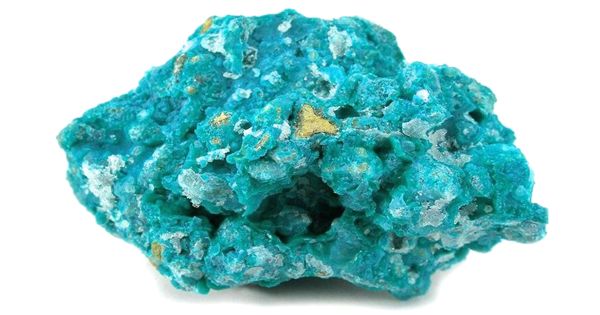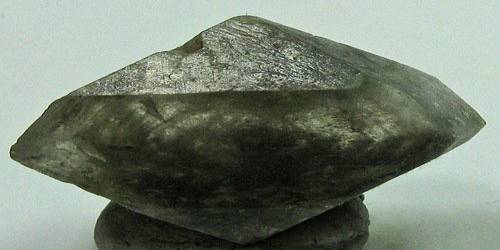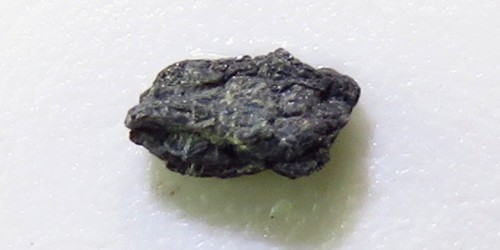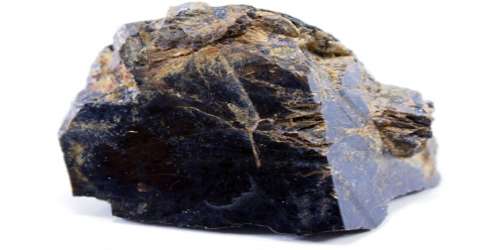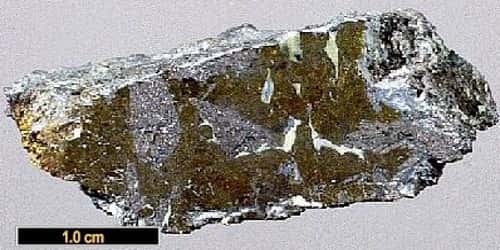Népouite is a rare nickel silicate mineral that has the apple green color typical of such compounds. Népouite, lizardite and pecoraite are all members of the kaolinite-serpentine group. It is a mineral consisting of a hydrous nickel magnesium silicate.
It was named by E Glasser in 1907 after the place where it was first described (the type locality), the Népoui Mine, Népoui, Nouméa Commune, North Province, New Caledonia. The ideal formula is Ni3(Si2O5)(OH)4, but most specimens contain some magnesium and (Ni, Mg)3(Si2O5)(OH)4 is more realistic.
General Information
- Category: Phyllosilicates; Kaolinite-serpentine group
- Formula: (repeating unit) Ni3(Si2O5)(OH)4
- Crystal system: Orthorhombic
- Crystal class: Pyramidal (mm2) (same H-M symbol)
- Color: bright green (typical of nickel bearing silicates) to yellowish or brownish green, depending on nickel content
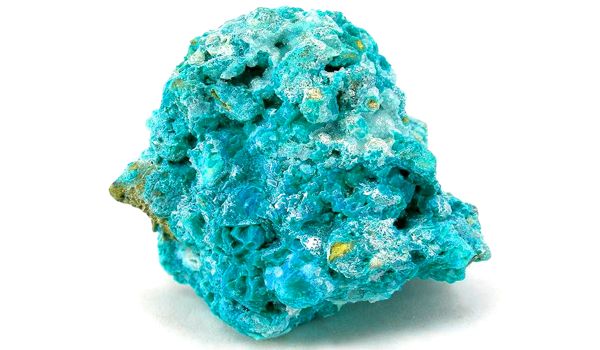
Properties
- Crystal habit: generally massive, also fibrous and microscopic pseudohexagonal platy crystals
- Cleavage: perfect on {001}
- Mohs scale hardness: 2 to 2 1⁄2
- Luster: earthy to waxy, also pearly
- Streak: greenish-white
- Diaphaneity: semitranslucent
- Specific gravity: 3.18 to 3.24 (measured)
- Optical properties: Biaxial (-)
Occurrences
Garnierite is a green nickel ore that formed as a result of weathering of ultramafic rocks, and that occurs in many nickel deposits worldwide. It is a mixture of various nickel and magnesium phyllosilicates (sheet silicates), including népouite.
There is a similar mineral called lizardite (named after the Lizard Complex in Cornwall, England) in which all of the nickel is replaced by magnesium, formula Mg3(Si2O5)(OH)4. These two minerals form a series; intermediate compositions are possible, with varying proportions of nickel to magnesium.
Associated minerals include calcite, chlorite, goethite, halloysite, nontronite, pimelite, quartz, sepiolite, serpentine, talc, and willemseite.
Information Source:
